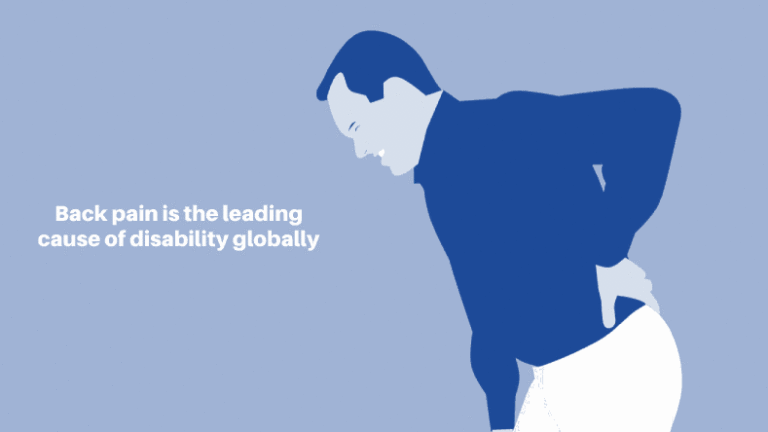Lower back injuries are a serious global problem, with back pain recently becoming the leading cause of disability worldwide. These injuries are especially common in stooped work occupations. Most of these injuries occur over time with exposure to repeated sub-acute stresses. Neuromuscular control dysfunction could predict injury, however injuries are almost never observed alongside this data. Therefore, no labels are available to identify important features that may be predictive of injury. While there are many individual differences in injury development, the conceptual population trend is that each individual’s injury tolerance decreases over time with repeated exposure, indicating a monotonic process.
This paper proposes a framework for identifying key features of injury using an unsupervised technique that exploits knowledge of injury aetiology by analysing which features contribute to the popular trend using weak monotonicity from data segmented by task repetitions. The feature selection framework also evaluates feature redundancy. The efficacy of the framework is demonstrated through data from on-site sheep shearers over one day using 17 wearable inertial measurement units and 16 surface electromyography (sEMG) sensors.
Consistent with literature, the results demonstrate sEMG features derived from the erector spinae and multifidus muscles are the most important indicators for lower back injury.
To evaluate the performance of the proposed population-trend based unsupervised feature selection technique, the self-reported fatigue information is treated as some ‘ground truth’ information so that this proposed technique can compare with 5 existing unsupervised feature selection techniques.
The proposed technique is shown to be the most consistent with the self-reported fatigue information, demonstrating the effectiveness of the proposed method.

